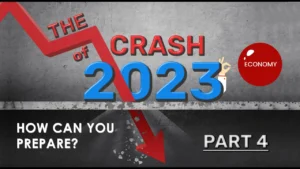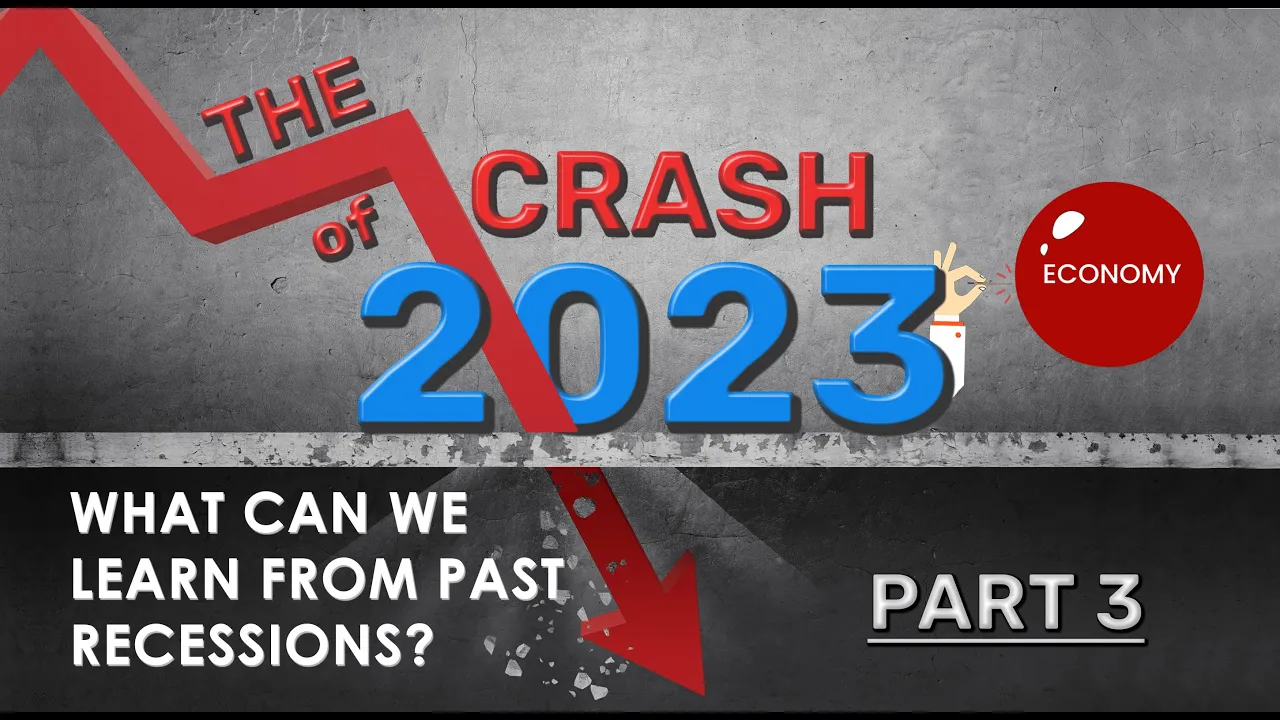The great depression was the worst economic downturn in the history of the industrialized world. Lasting from 1929 to 1939, a full decade. During that time period consumer spending and investments dropped, causing steep declines in industrial output and employment. What caused the great depression? Throughout the 1920s, the U.S. economy expanded rapidly, the nation’s total wealth more than doubled between 1920 and 1929, a period known as the roaring twenties. The stock market was booming with everyone from millionaire tycoons – to cooks and janitors pouring their money into the stock market. As a result, the stock market underwent rapid expansion. As the economy slowed production, unemployment began to rise, leaving stock prices much higher than their actual value. At the time wages were low and consumer debt was mounting. The agriculture sector of the economy was struggling due to drought and on October 24, 1929, nervous investors began selling their overpriced shares in mass. A record 12.9 million shares were traded that day, known as Black Thursday. The stock market crashed, leaving millions of shares worthless, and those investors who bought stocks with borrowed money were wiped out completely. By 1933, when the great depression reached its lowest point, some 15 million Americans were unemployed and nearly half of the country’s banks had failed. After the great depression the American economy went through several ebbs and flows.
There have been 11 recessions since 1948, averaging out to about one recession every six years. The average recession before 2007 lasted about 11 months. The 1973 oil crisis triggered the 1973 -1975 recession that lasted for 1 year and 4 months – coupled with the 1973-1974 stock market crash. In 1980 and again in 1981 to 1982 the US saw two back-to-back recessions lasting 16 months and this was really the result of the Fed raising interest rates to combat inflation – much like we’re seeing today. The dot come bubble of 2000 was caused by boom and bust of over inflated tech stocks – and later worsened by the September 11th, 2000, terrorist attacks. But none of those recessions compared to the Great Recession of 2008. It was the deepest recession since World War II. In that 2-year span the unemployment rate rose sharply, and by late 2009 more than 15 million people were unemployed. This recession, caused by the subprime mortgage crisis which led to the collapse of the U.S. housing bubble. The crisis led to the failure or collapse of many of the United States’ largest financial institutions: Bear Stearns, Fannie Mae, Fannie Mac, Lehman Brothers, and AIG. The shortest recession was the pandemic recession in 2020 – when around 22 million jobs disappeared from company payrolls in March and April that year as travel and work restrictions took effect in response to COVID-19 followed by an unprecedented 5 trillion in pandemic-relief spending.
Behind all of the rhetoric, the reality is that recessions are a normal part of American economic life. Which is why many economists are saying that the question you should be asking isn’t “are we in a recession?” – it’s “how bad will a recession be?” And more importantly – what can you do to prepare yourself?
Watch Next


